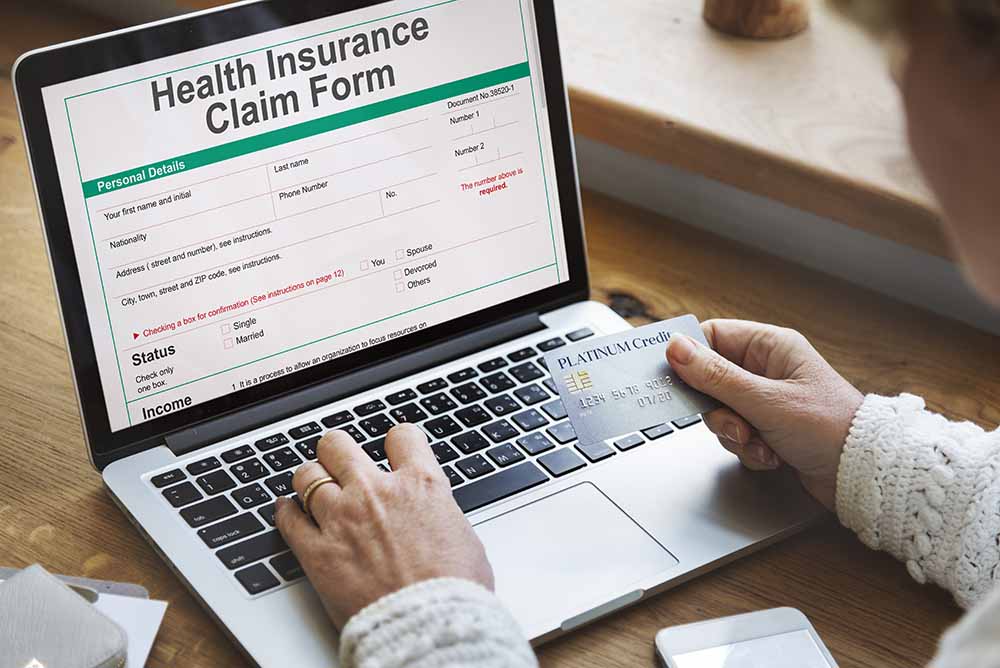I've never been particularly adept at managing and safeguarding documents. Even something as crucial as insurance has posed additional challenges when I needed it the most. Insurance policies are typically acquired with a view to the future, meaning that it is essential to preserve these documents for the long haul, ensuring we can make claims when necessary and reap the benefits.
However, storing physical copies of these documents for extended periods of time can be precarious, susceptible to misplacement or damage. Thankfully, the solution comes in the form of an eIA — an electronic insurance account. This digital repository securely holds policy documents, granting easy access with just a few clicks.

Starting April 1, 2024, the Insurance Regulatory and Development Authority of India (IRDAI) requires all new insurance policies to be in electronic form. This means policyholders can view their insurance documents online, and they'll get physical copies only if they specifically ask for them. ’eIA is accessible round the clock, allowing multiple policies to be stored in a single account, and managing or updating information is a breeze,’ says Himanshu Jain, an insurance expert who works with ICICI Lombard.
This new rule is similar to people holding shares digitally in a demat account. Just like investors open demat accounts to handle their shares, now policyholders have to set up an e-Insurance Account (eIA) to keep their insurance policies safe and accessible online.

Understanding Electronic Insurance Account
To use eIA or Electronic Insurance Account, policyholders need to create one. This account helps them keep and view their insurance policies that are issued digitally. An ’e-insurance policy‘ or ’electronic insurance policy‘ is a policy document signed digitally by the insurer. It proves the insurance agreement and is stored electronically.
Moving to e-insurance also offers plenty of perks for policyholders. It makes things easier and more secure. Since all insurance policies can be stored electronically and accessed through an e-insurance account, managing them becomes simpler and faster. Also, going digital is expected to improve communication between insurers and policyholders. This should make the claims process smoother and give customers a better overall experience.
How To Go About E Insurance
Opening an electronic account is free, and the procedure is straightforward. Anyone interested in eIA only needs to fill out the account opening form, submitting it to an insurer or IRDAI insurance repositories along with necessary documents like the PAN or Aadhaar card, proof of address, proof of date of birth, and a cancelled cheque. An account can be set up within seven days if the form and required documents are complete. More importantly, one can open an eIA without purchasing an insurance policy. 'We encourage customers to open e-Insurance accounts for the convenience it offers in storing and managing policies,’ emphasises Himanshu.

Advantages For Policyholders
Switching to e-insurance means one doesn’t have to deal with laborious paperwork anymore. Instead, you can easily see, download, and handle all your policies in one place. This also lowers the chance of losing important documents and makes it simpler to update things like your contact information and address across all your policies. You can also claim benefits more smoothly since e-insurance improves communication between insurance companies and policyholders, making things better for everyone. Even though new policies are digital, lots of people want to change their old paper policies into electronic ones.

Converting Your Existing Policy To E-insurance
Converting an existing policy to e-insurance is hassle-free. Simply fill out the conversion form with details such as the insurance company's name, policyholder's name, policy number, and the e-Insurance account number. Depending on the insurance company's requirements, the policy document may or may not need to be attached to the form. ’Upon receiving the policy conversion request, the insurance company will credit the policy to the policy holder’s e-Insurance account in approximately five days,’ Jain added.
Naturally, concerns about the safety of the eIA may arise. However, we are assured that the e-account is as secure as electronic bank accounts. Customers are provided with unique login IDs, passwords, and account numbers for added security. Easy and secure — this is an unbeatable combination when it comes to managing insurance policy documents. If you haven’t already, perhaps it’s time to explore the idea of switching to eIA.